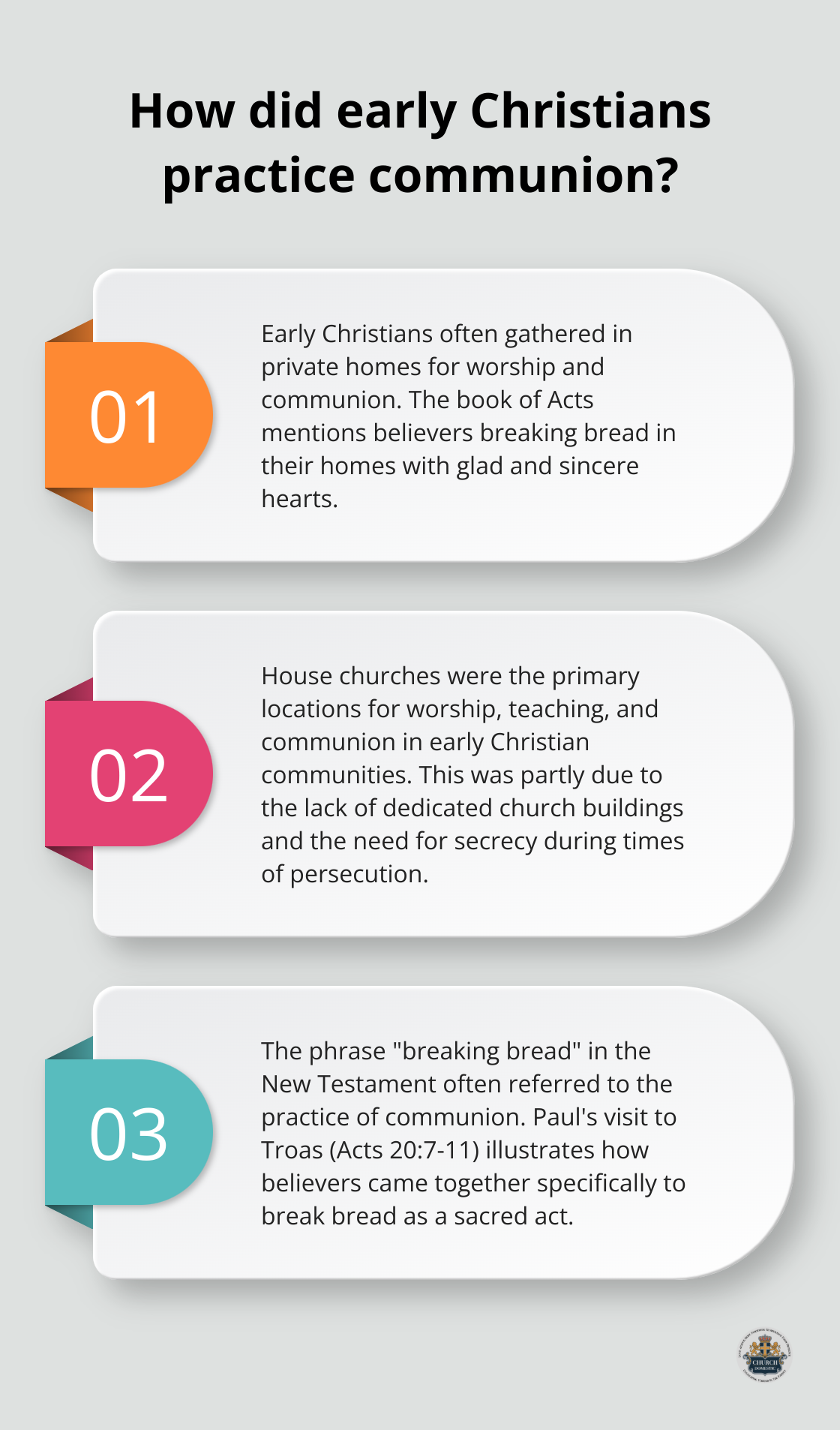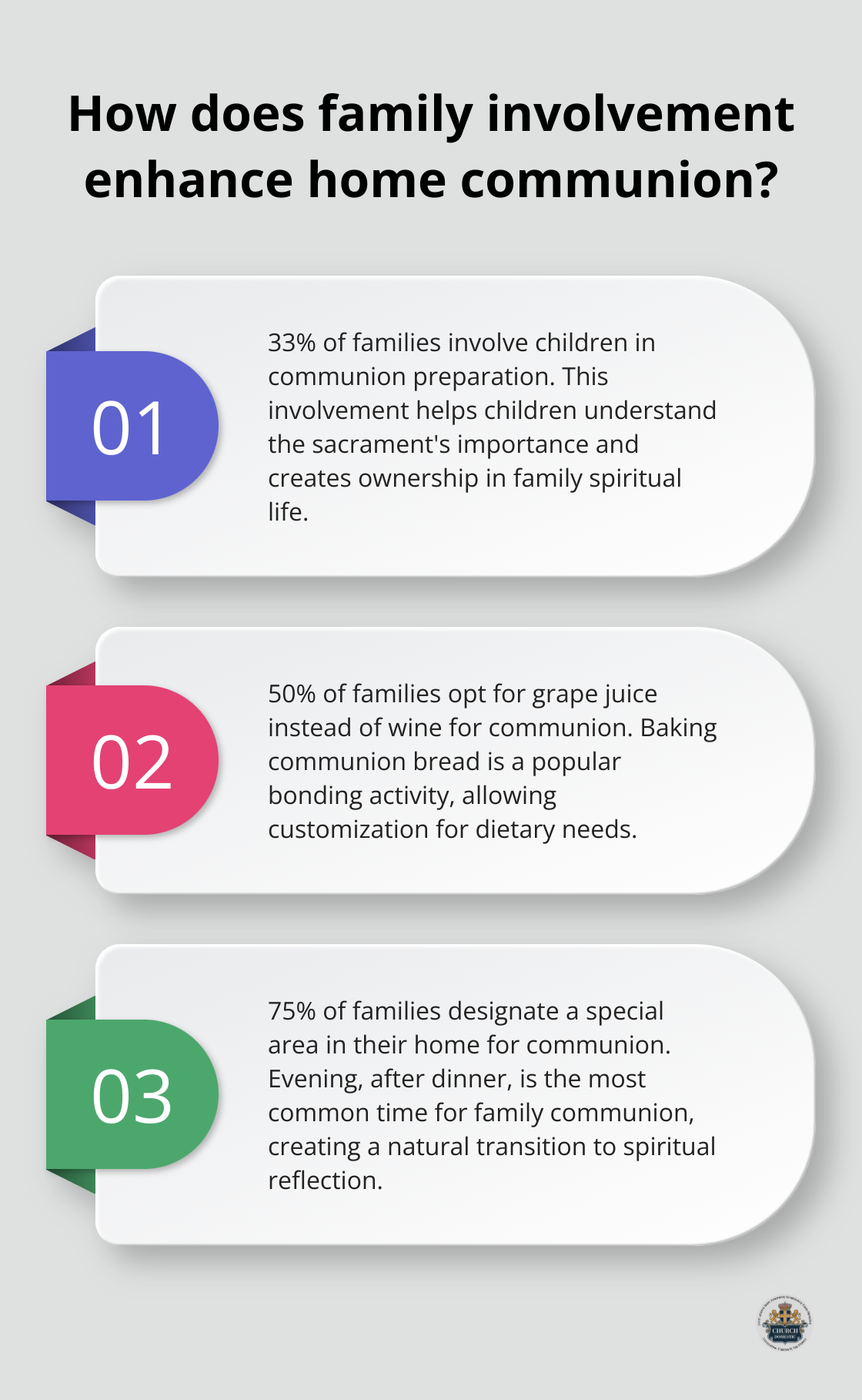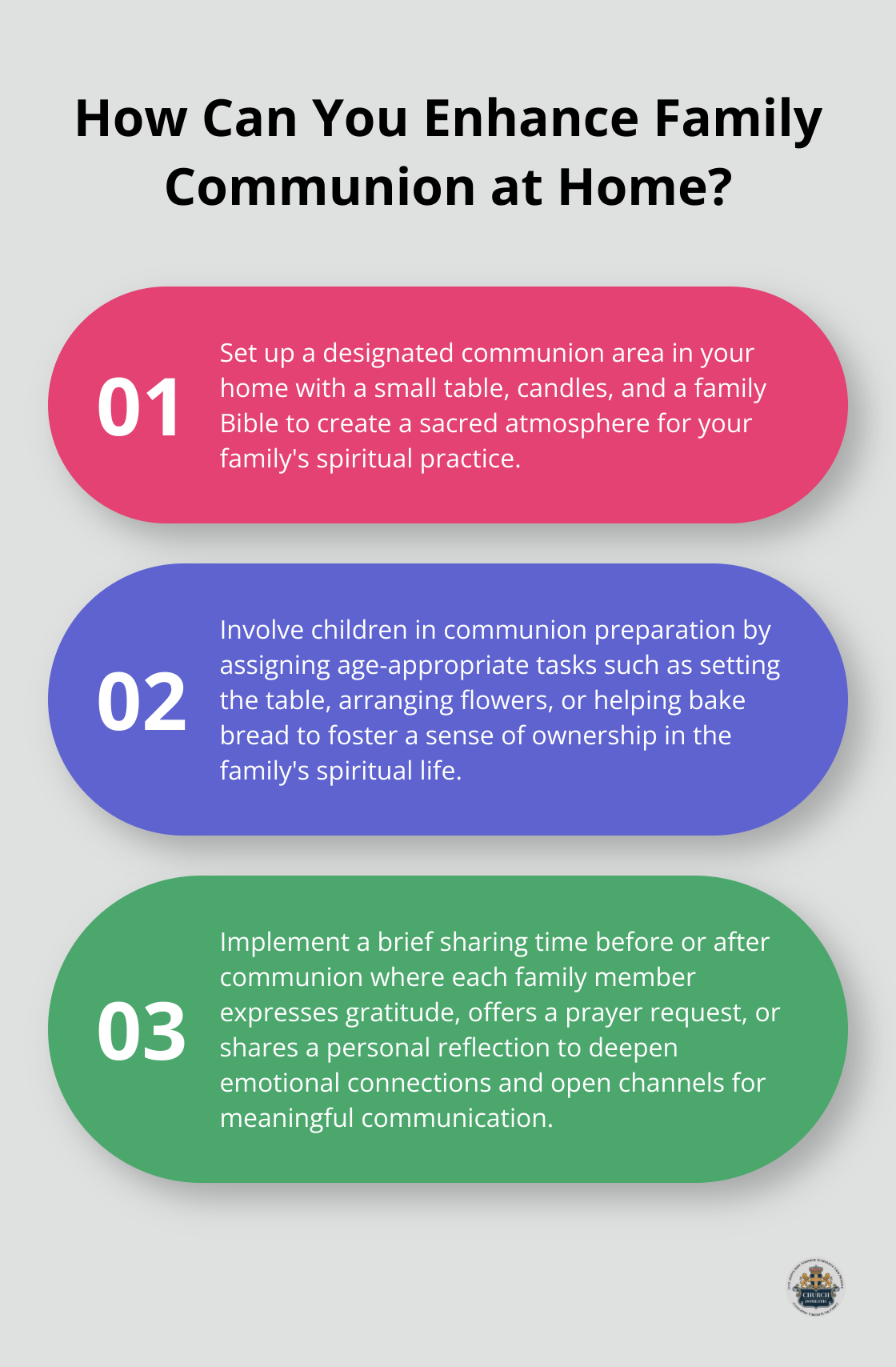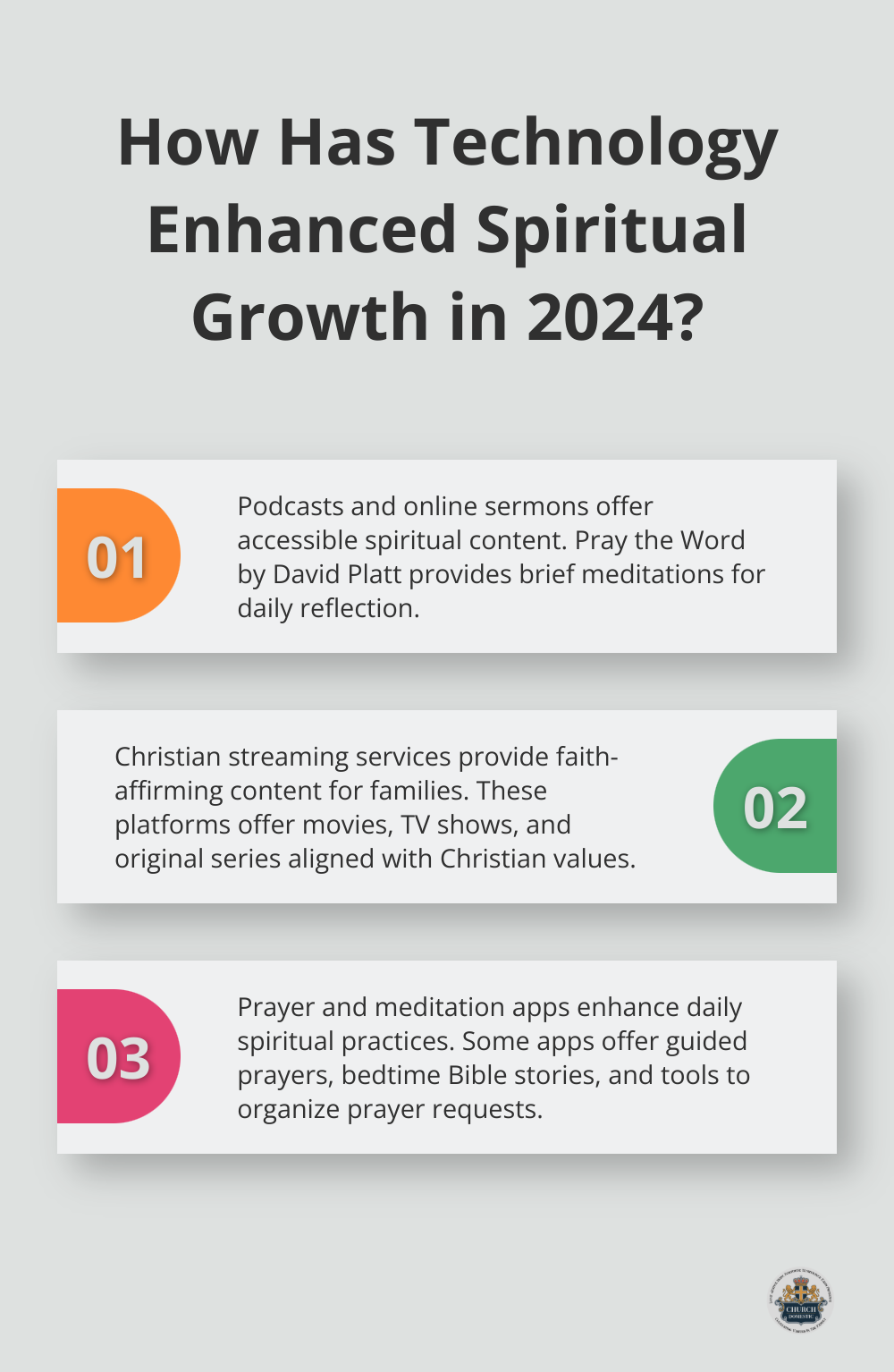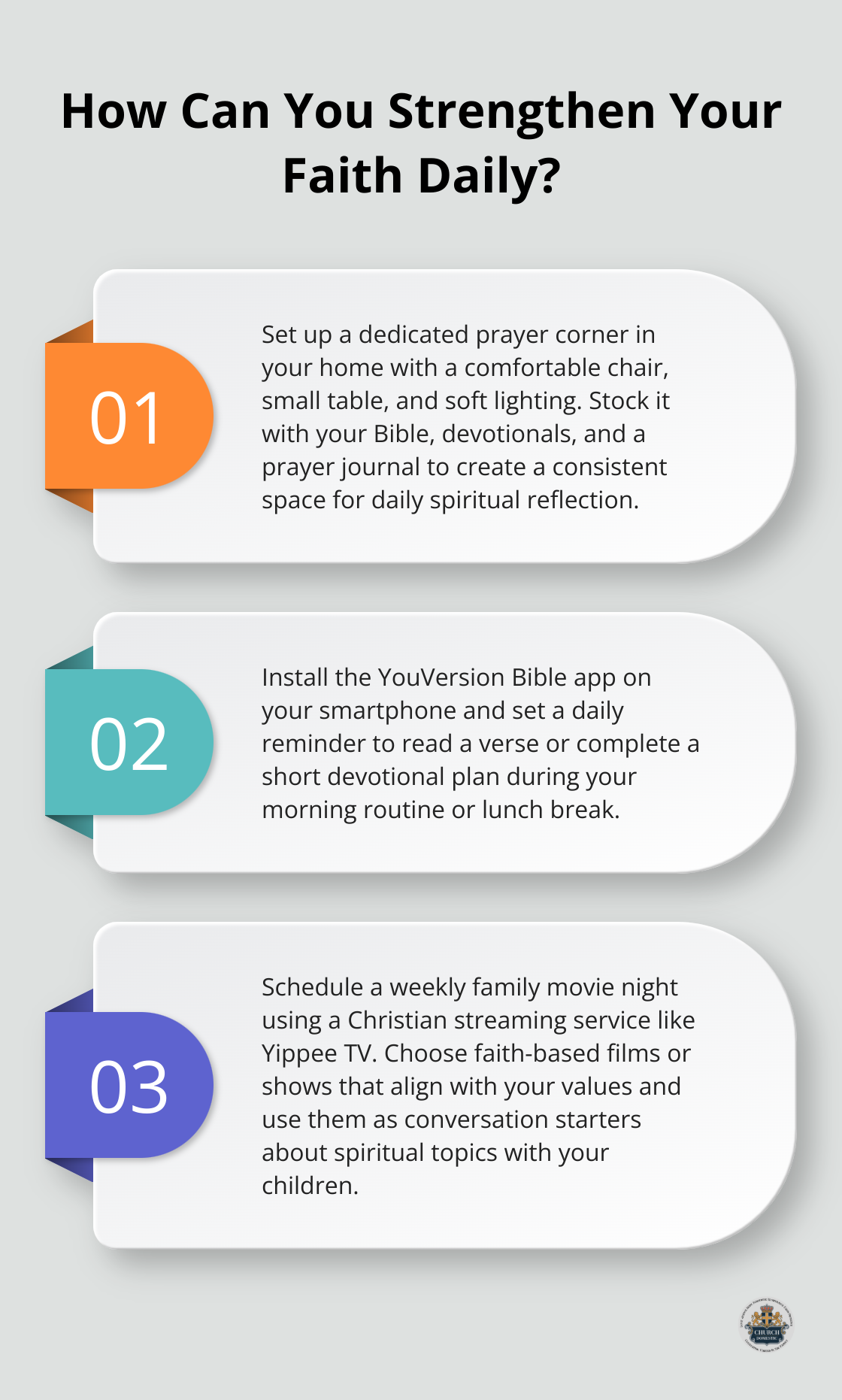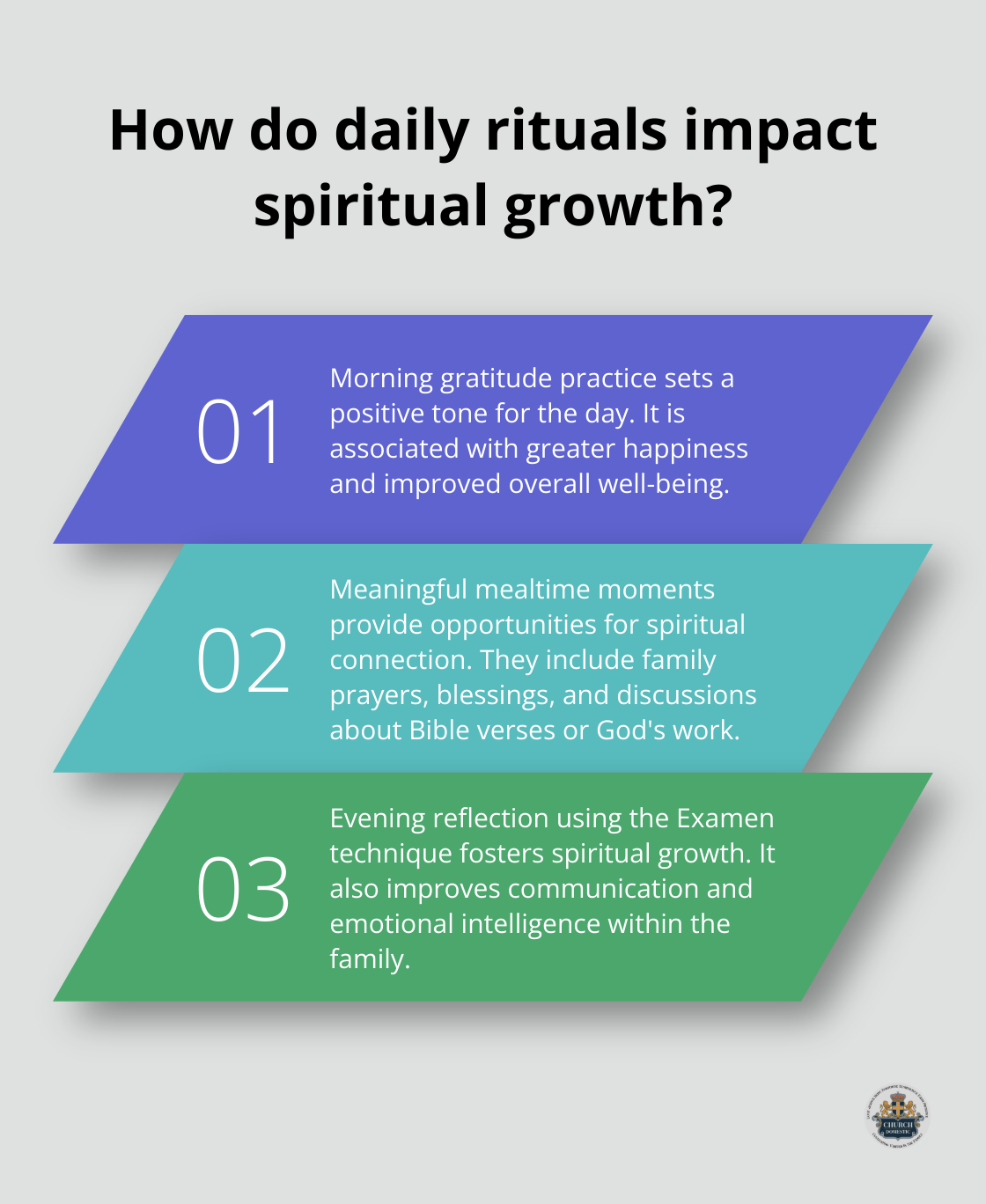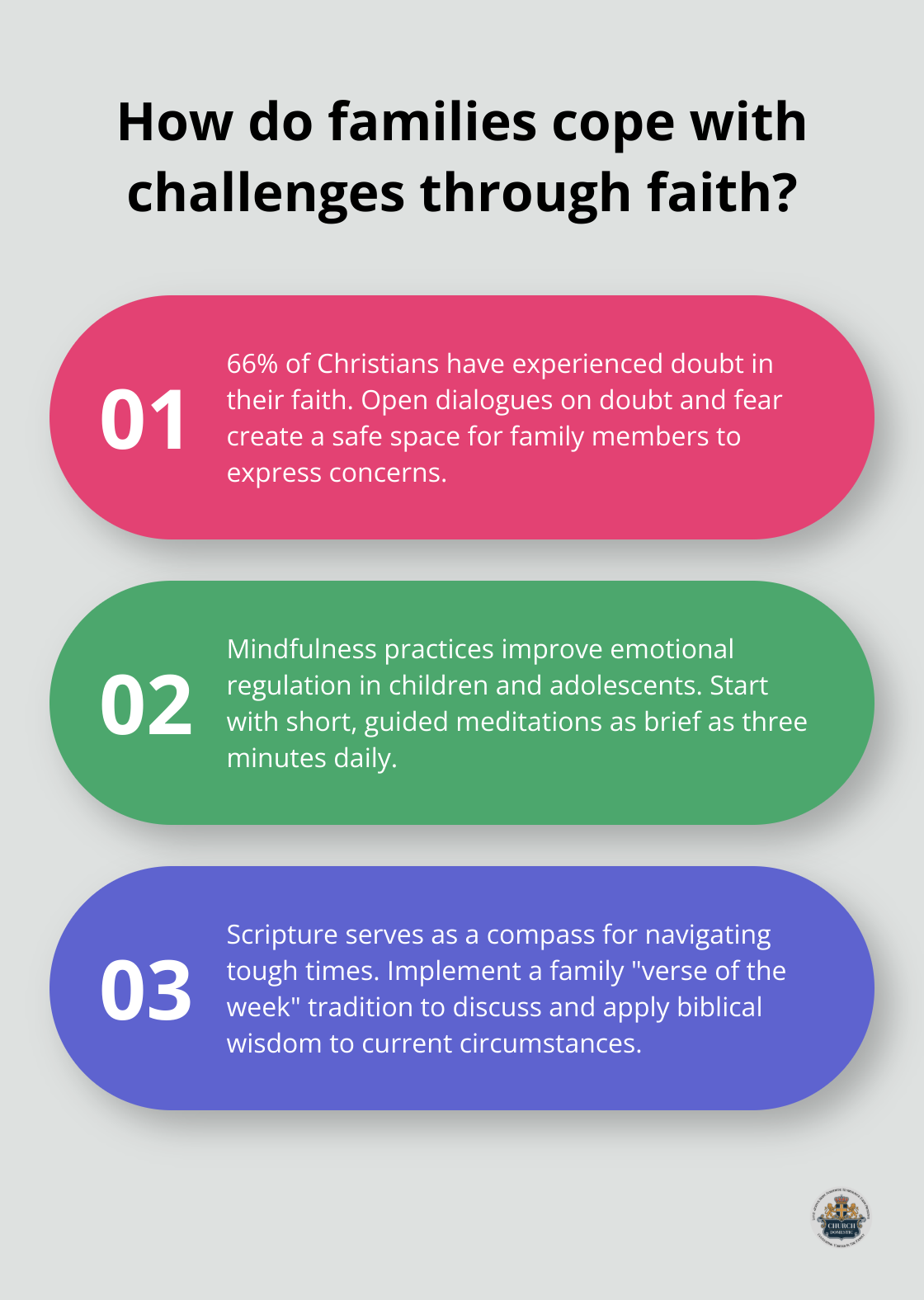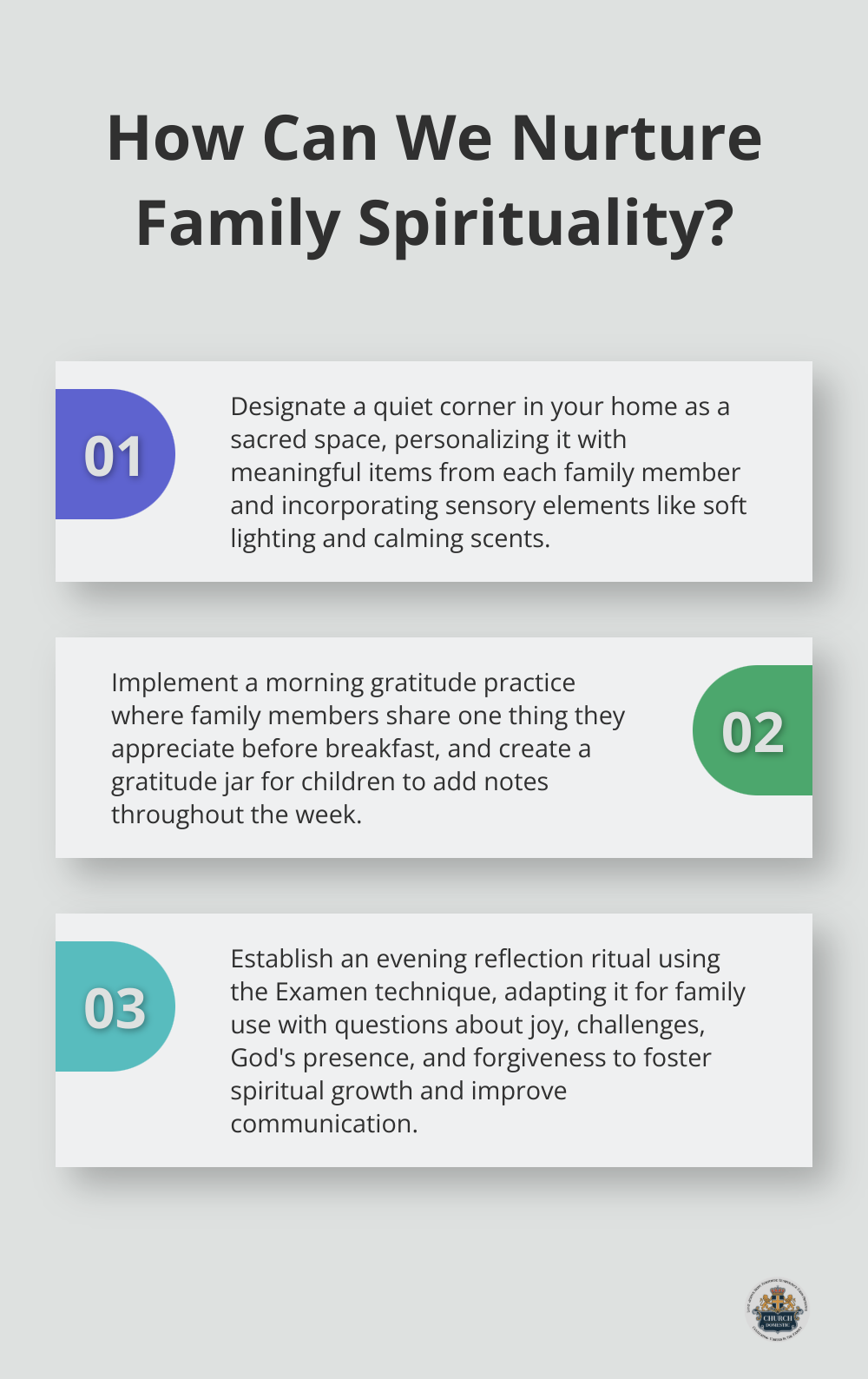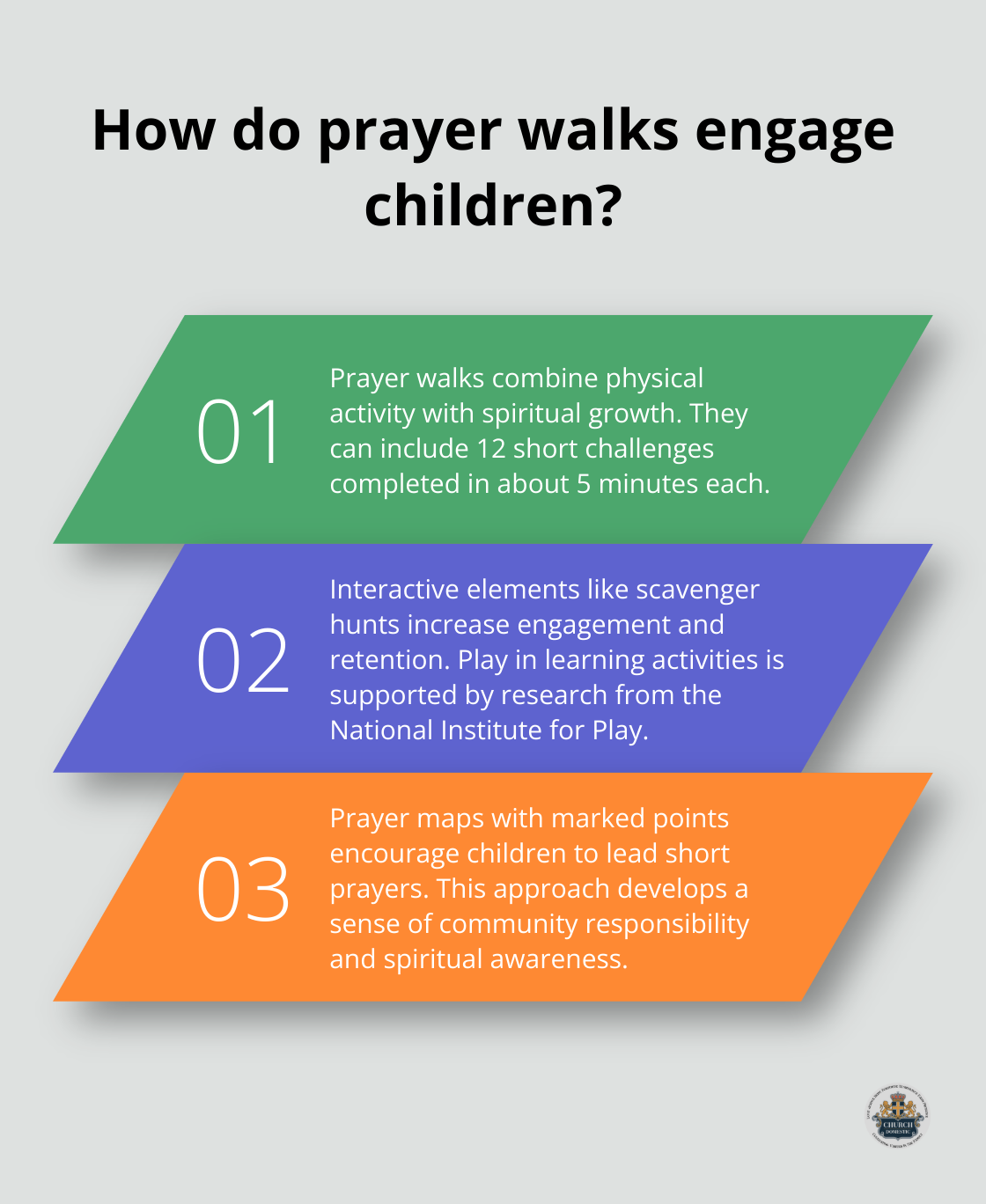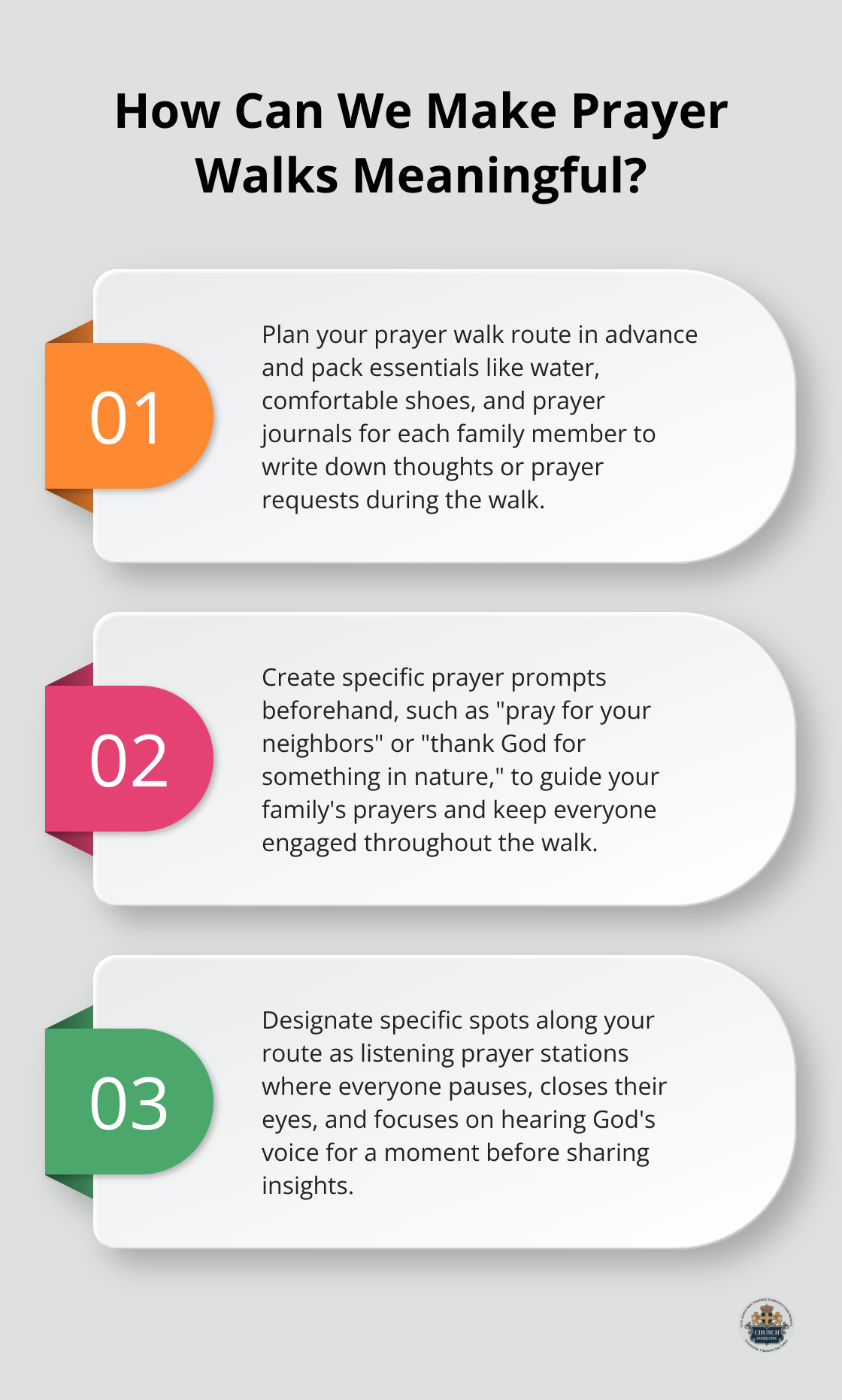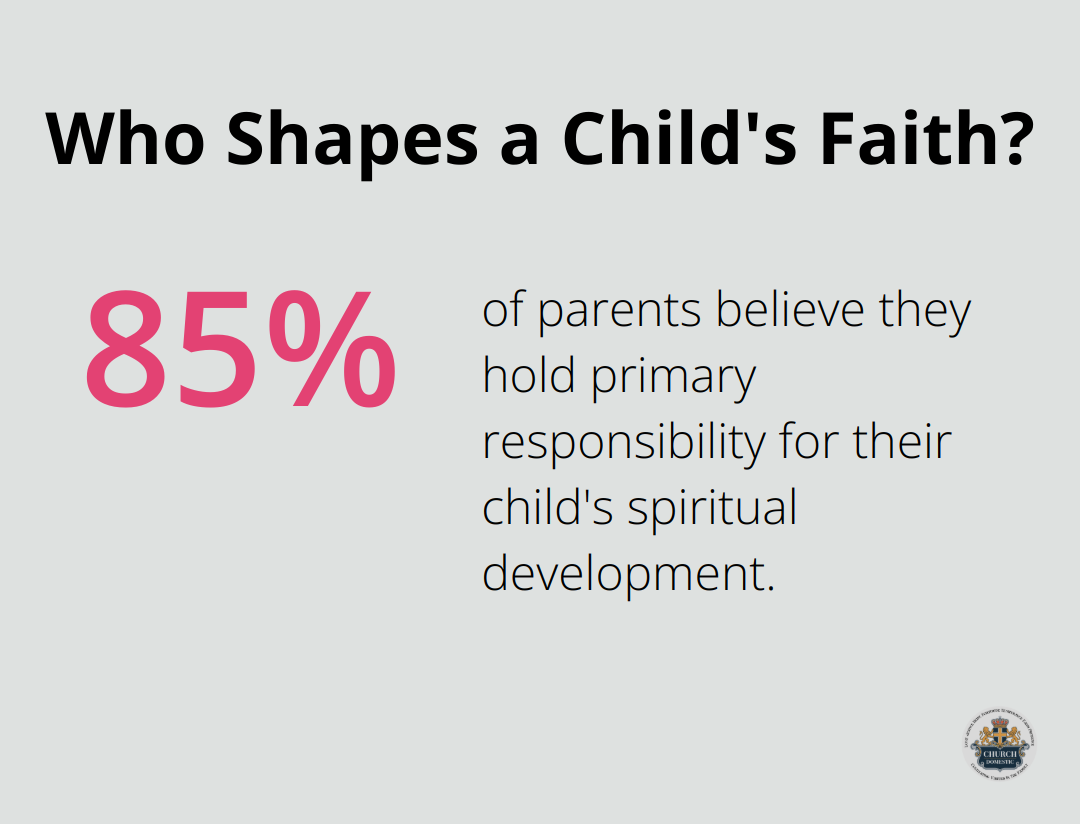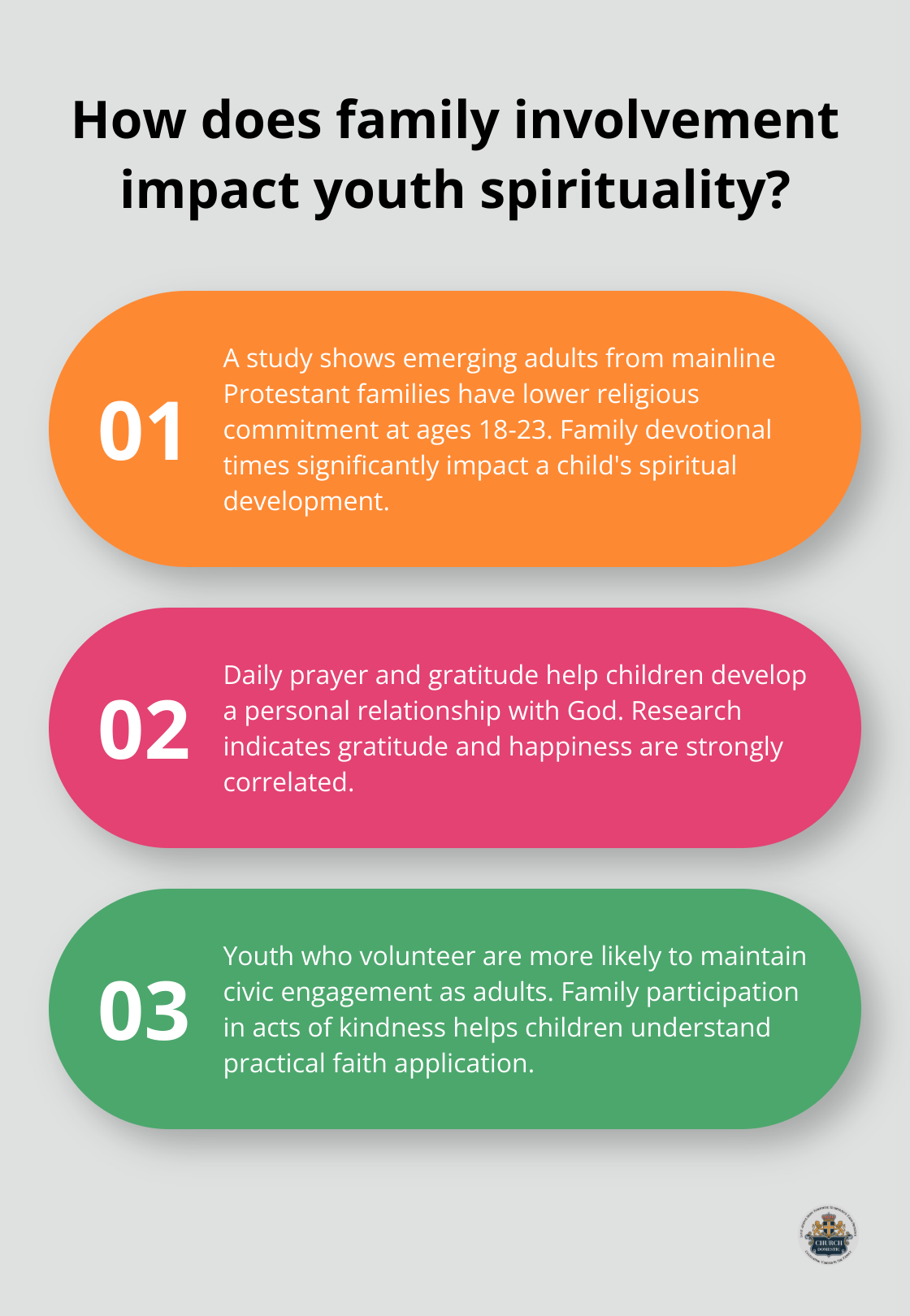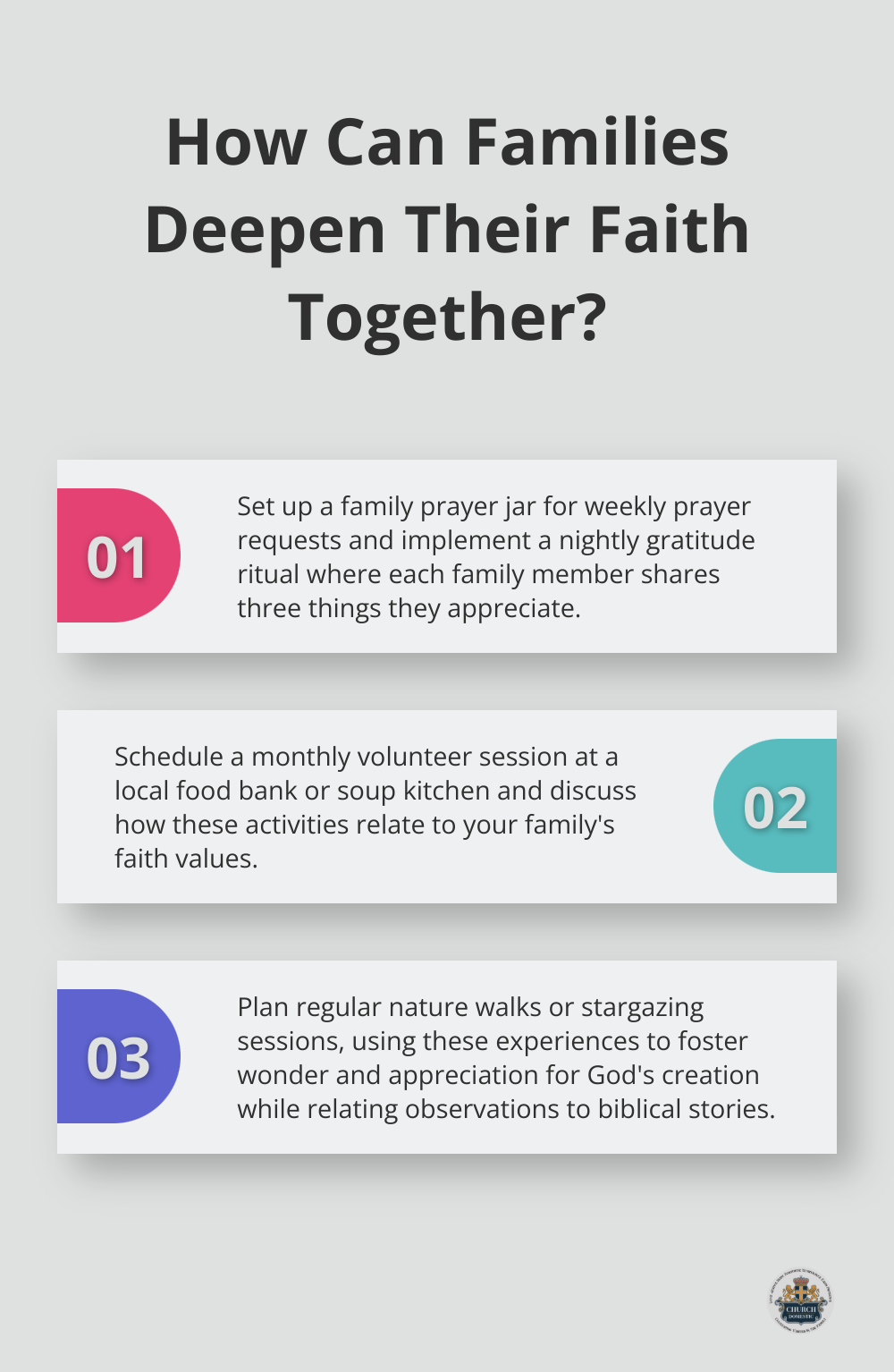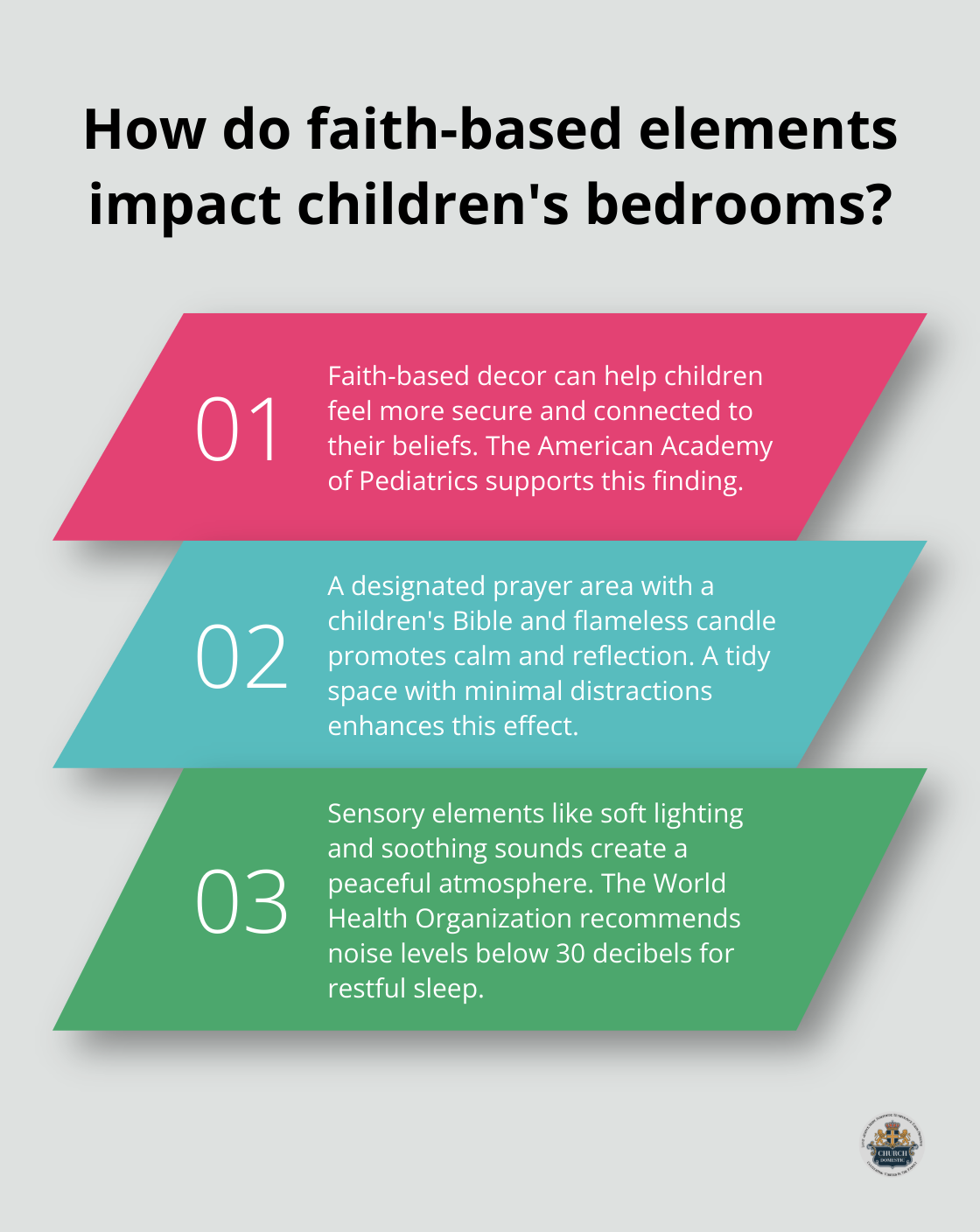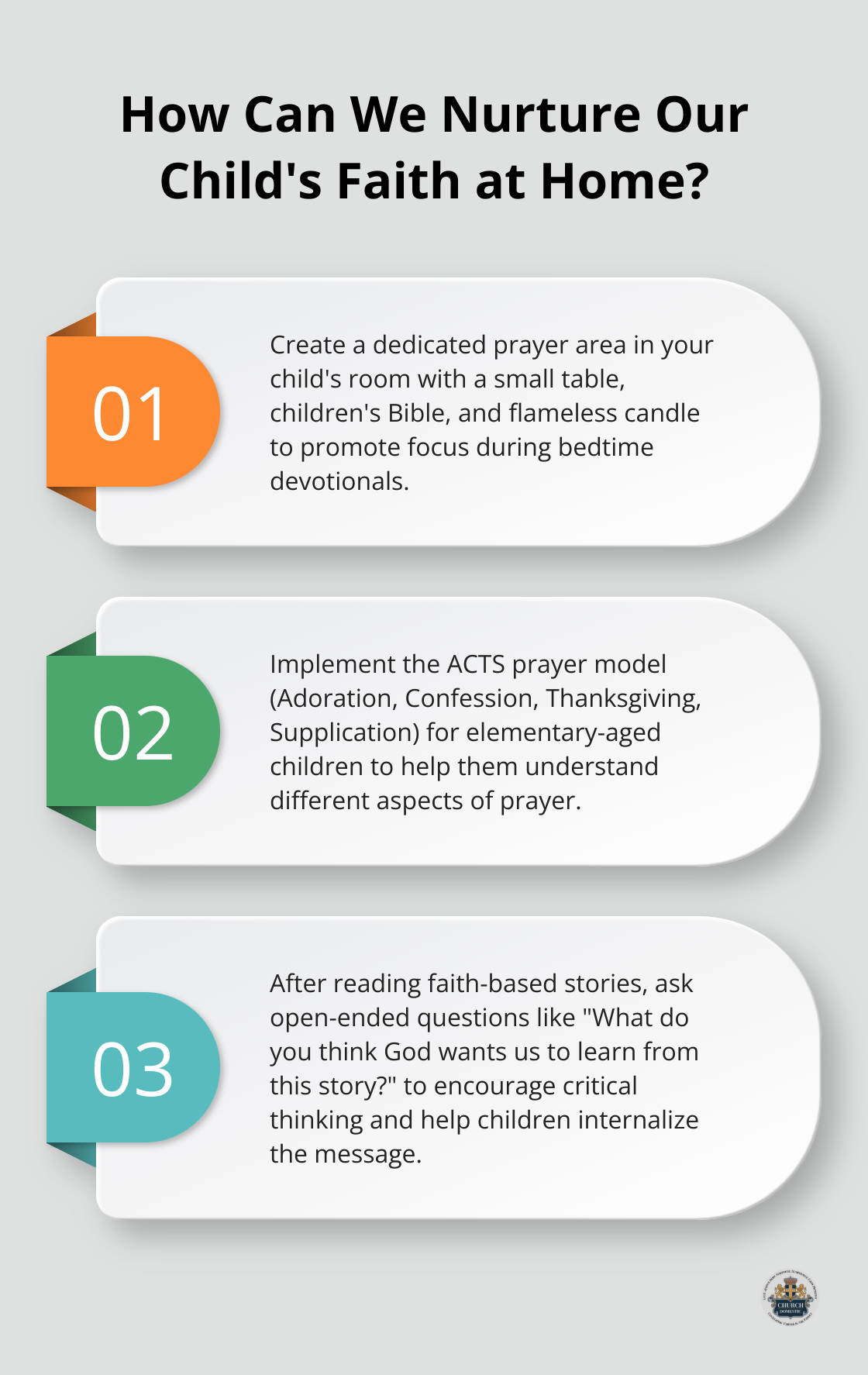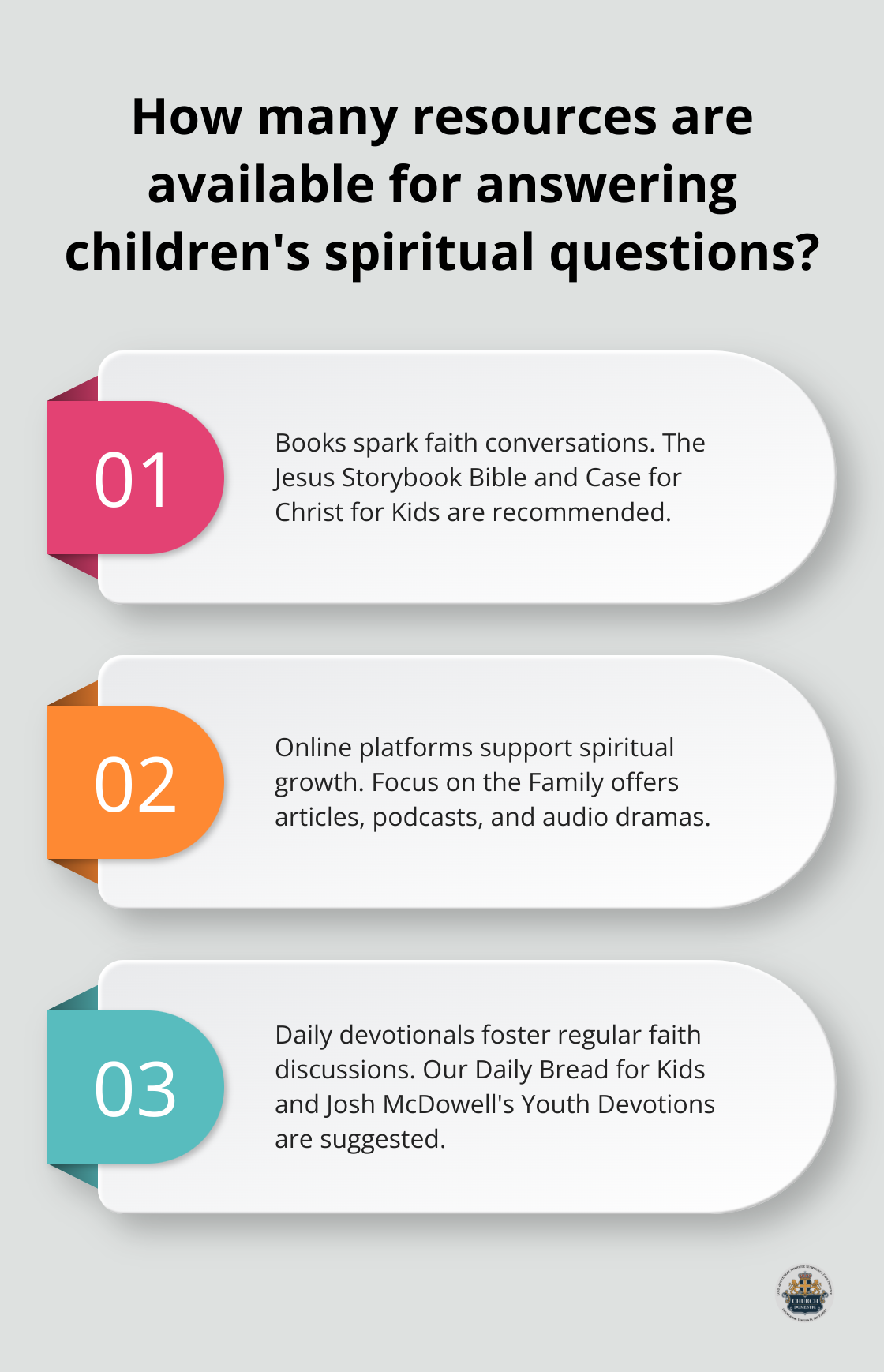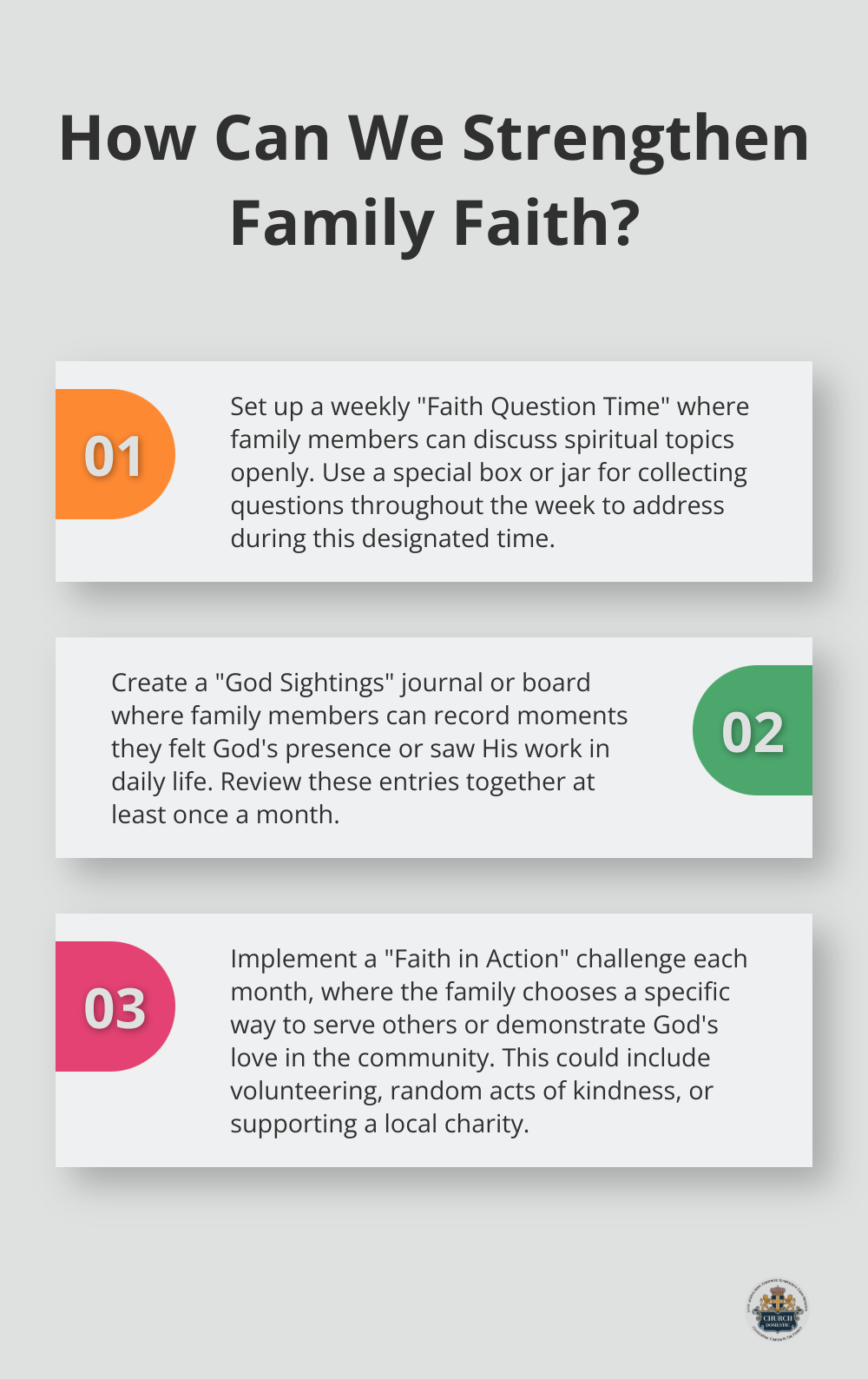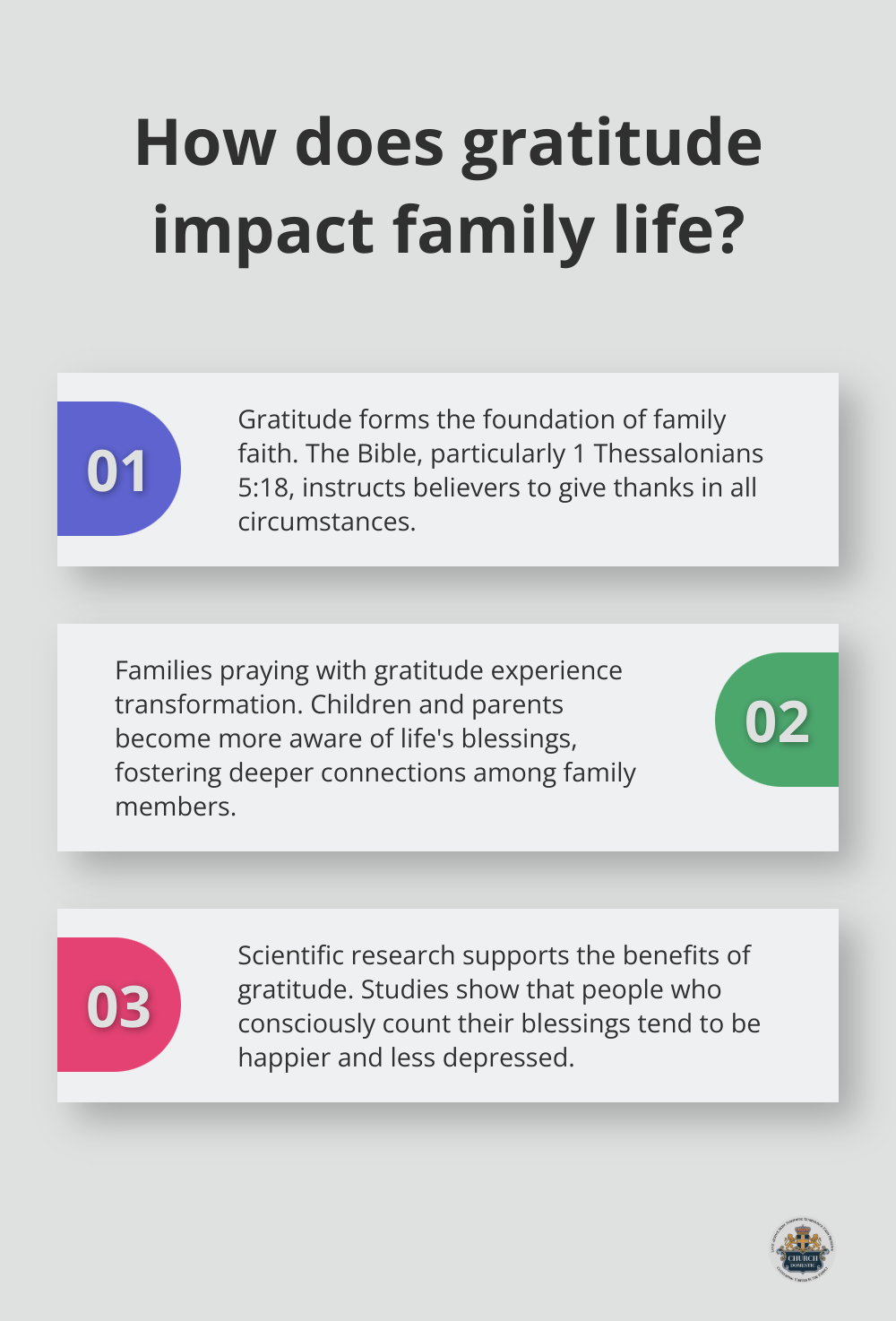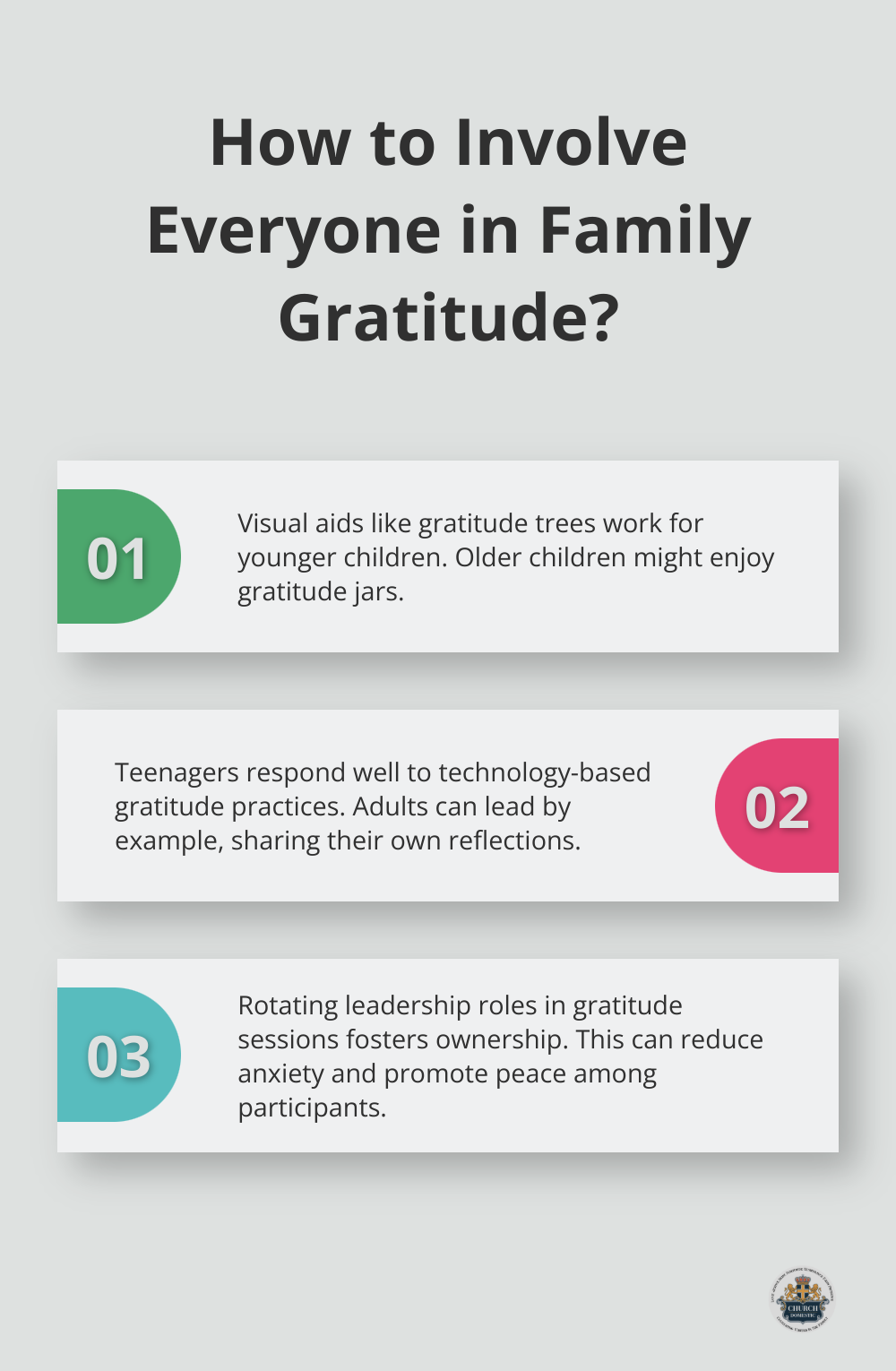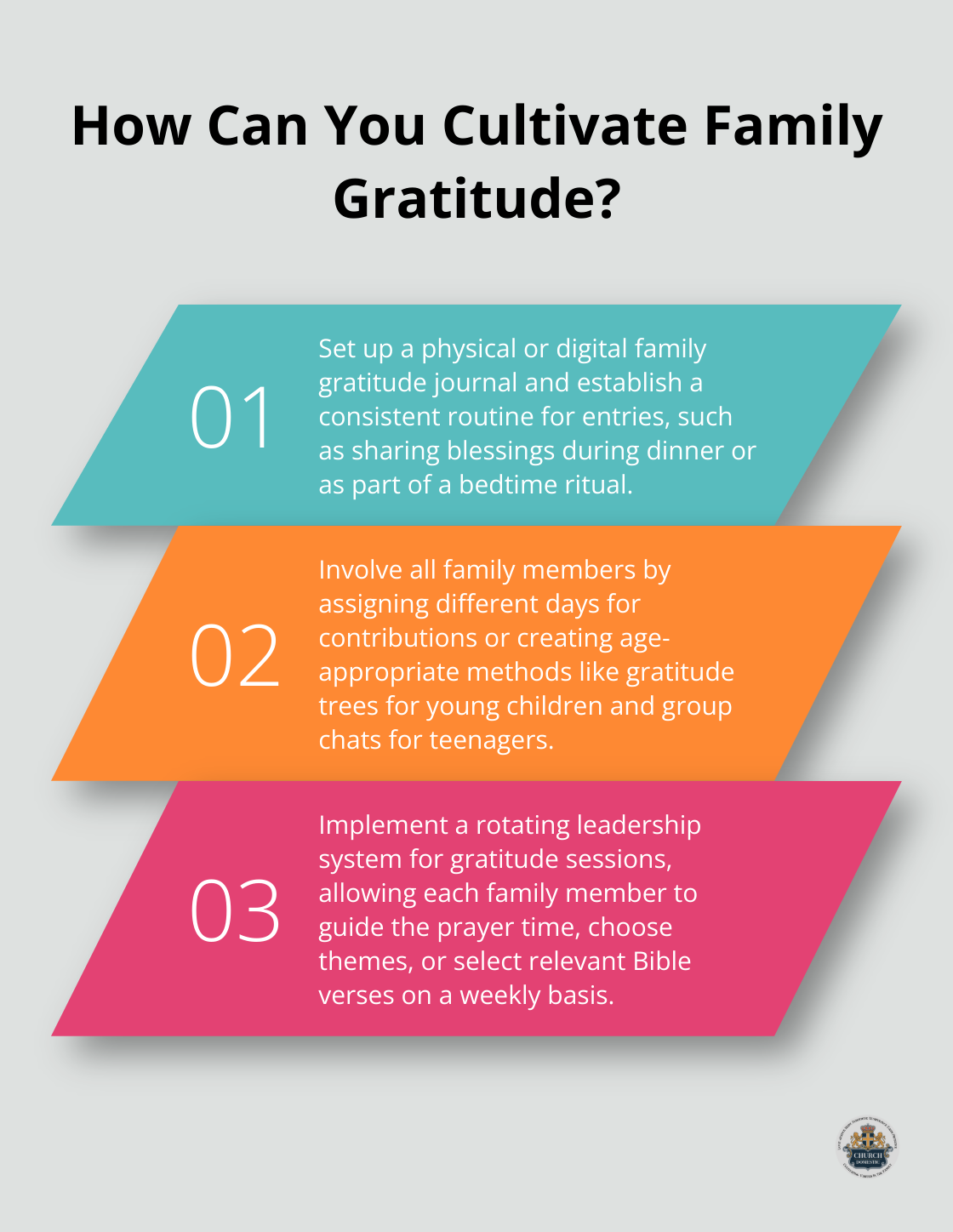At Church Domestic, we understand the importance of daily rituals that strengthen family bonds and faith.
Mornings set the tone for the entire day, making them the perfect opportunity to infuse your family’s routine with spiritual practices. By incorporating faith into your morning routine, you can create a positive, God-centered atmosphere that carries throughout the day.
This blog post will explore practical ways to weave faith seamlessly into your family’s morning activities, fostering a deeper connection with God and each other.
How to Start Your Day with Prayer
At Church Domestic, we believe that prayer at the beginning of your day can set a positive tone for the hours ahead. Prayer connects us with God and strengthens our faith. Here are practical ways to incorporate prayer into your family’s morning routine.
Create a Family Prayer Circle
Gather your family in a circle, either sitting or standing. This physical closeness fosters unity and creates a sacred space for prayer. Let family members take turns to lead the prayer each day, including even the youngest ones. This practice helps children to know the character of God-that He is kind and approachable.
Use Daily Devotionals
Daily devotionals provide structure and depth to your family prayer time. Select age-appropriate devotionals that align with your family’s values and interests. Read a short passage together and discuss its meaning and application to your daily lives. This practice builds biblical literacy and encourages thoughtful reflection on God’s word.
Express Gratitude
Ask each family member to share one thing they’re thankful for each morning. This simple act of expressing gratitude can shift focus from daily stresses to life’s blessings. Research shows that counting your blessings makes you happier. Starting the day with thankfulness sets a positive mindset for upcoming challenges.
Implement a Prayer Journal
Try keeping a family prayer journal. Write down prayer requests and answers to prayers. This tangible record (updated weekly or monthly) can boost faith as you see God’s work in your lives over time.
Use Prayer Prompts
Create a jar filled with prayer prompts on small pieces of paper. Each morning, draw a prompt to guide your family prayer. These could include praying for a specific country, a family member, or a virtue to cultivate. This method adds variety and focus to your prayer time.
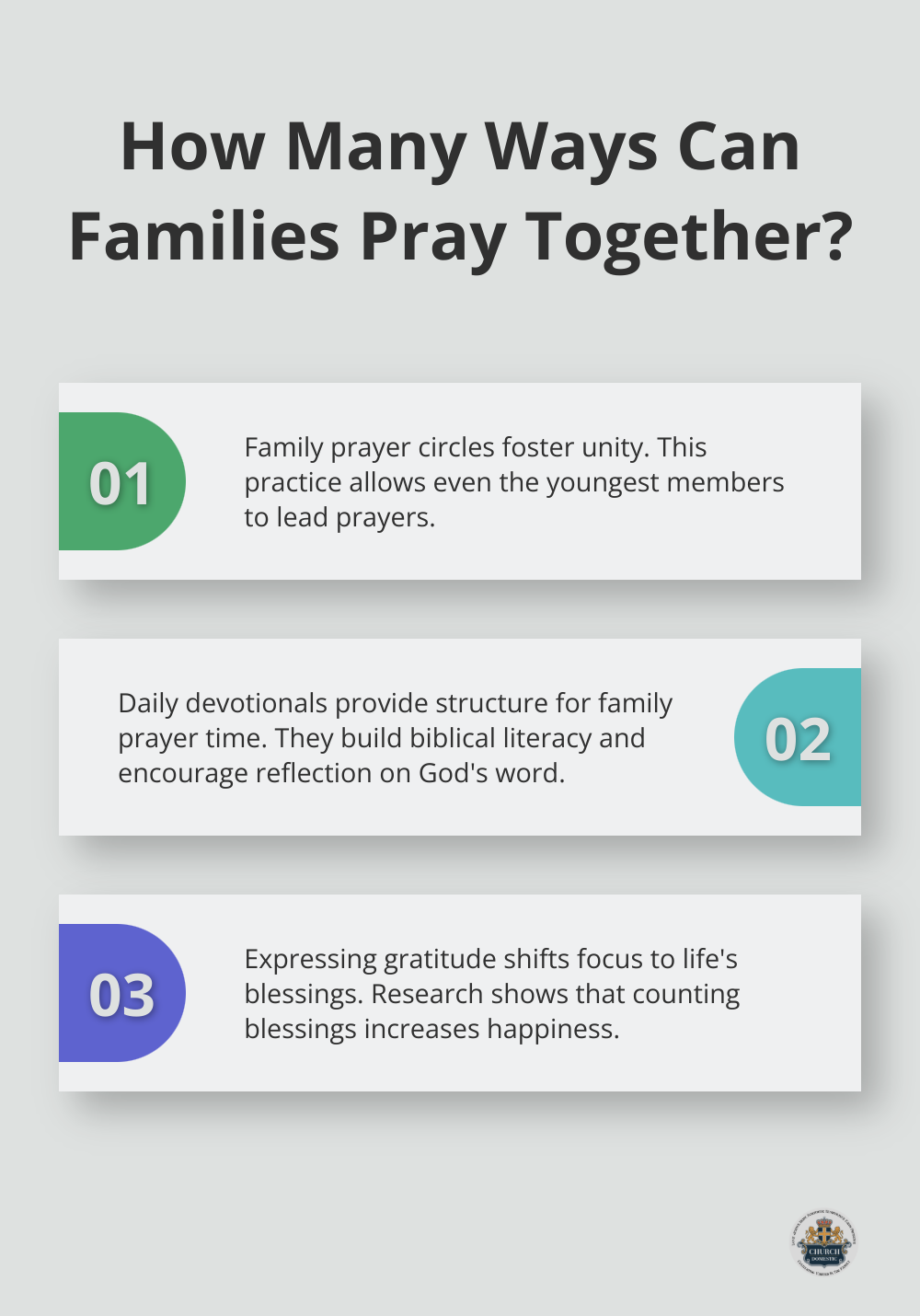
Consistency is key when establishing a morning prayer routine. Start small if needed, even with just a few minutes each day. As your family becomes more comfortable with the practice, you can gradually extend the time spent in prayer and devotion. The goal is to create a meaningful, sustainable habit that brings your family closer to each other and to God.
Now that we’ve explored ways to start your day with prayer, let’s look at how to integrate Scripture into your breakfast time for a faith-filled morning.
How to Make Scripture Part of Breakfast
At Church Domestic, we know breakfast offers a prime opportunity to nourish both body and soul. Integrating Scripture into this morning meal sets a positive tone for the day ahead. Here’s how you can make Bible study a natural part of your family’s breakfast routine.
Choose a Verse of the Day
Select a Bible verse to focus on each morning. Use a daily devotional app, a Scripture calendar, or work through a book of the Bible. Read the verse aloud and ask family members to share their thoughts. What does the verse mean to them? How might it apply to their day ahead? This practice builds biblical literacy and encourages critical thinking about faith.
Use Faith-Based Conversation Starters
Keep a jar of faith-based questions on the breakfast table. Each morning, have a family member draw a question to discuss. These could range from “What’s your favorite Bible story and why?” to “How can we show God’s love to others today?” This approach sparks meaningful conversations and helps family members articulate their faith.
Connect Scripture to Daily Challenges
Discuss any challenges family members might face that day (e.g., a test at school or a difficult meeting at work). Then, find a relevant Bible verse that offers guidance or encouragement. For example, if someone feels nervous about a presentation, you might share Philippians 4:13: “I can do all things through Christ who strengthens me.” This practice helps family members see the Bible as a practical guide for daily life.
Create a Weekly Theme
Choose a biblical theme for each week, such as forgiveness, kindness, or perseverance. During breakfast, discuss how this theme relates to your daily lives. Share examples of how you’ve seen the theme in action or ways you can practice it. This approach reinforces important biblical concepts over time.
Memorize Scripture Together
Try to memorize one verse or passage each week as a family. Recite it together during breakfast, and discuss its meaning. You might even turn it into a friendly competition, with small rewards for those who can recite it perfectly by the end of the week. Research shows that practicing Christian teens read the Bible less frequently than older practicing Christians, but more often than their age group in the general population.

Integrating Scripture into your breakfast routine doesn’t require complexity or excessive time. Even five minutes of focused discussion can make a significant impact. The key lies in consistency and engagement. As you equip your family with spiritual nourishment during breakfast, you’ll find that this practice naturally flows into creating a faith-focused atmosphere throughout your home. Let’s explore how to cultivate this environment in the next section.
How to Create a Faith-Filled Home Environment
Creating a faith-focused atmosphere in your home extends beyond morning routines and breakfast discussions. It involves infusing your entire living space with reminders of your family’s spiritual values. Here are practical ways to cultivate a faith-filled environment that nurtures spiritual growth throughout the day.
Transform Your Space with Inspirational Decor
Place inspirational quotes and Bible verses in common areas of your home. Select verses that resonate with your family’s current season or challenges. For example, position Philippians 4:13 near the front door as a daily reminder of strength, or display Proverbs 3:5-6 in the kitchen to encourage trust in God during meal preparations. Rotate these verses monthly to maintain freshness and engagement.

A study by the American Bible Society found that among residents of large cities, 68 percent own a Bible. Surrounding your family with Scripture provides constant access to these sources of encouragement.
Create Interactive Faith Elements
Install a family prayer board or gratitude jar in a central location. For the prayer board, use a large cork board or whiteboard where family members can pin or write prayer requests and praises. Review and update this board weekly as a family.
For the gratitude jar, place slips of paper and pens next to a large jar. Encourage family members to write down things they’re thankful for throughout the week. Read these aloud during a weekly family gathering to foster an attitude of gratitude.
Incorporate Faith-Based Music
Music impacts mood and atmosphere powerfully. Create a playlist of worship songs or Christian music to play during morning preparations. This simple act sets a positive, faith-focused tone for the day.
Consider assigning each family member a day to choose the morning playlist. This ensures variety and allows each person to share their favorite spiritual songs, fostering a sense of ownership in the family’s faith practices.
Establish Faith-Centered Routines
Integrate faith into daily household tasks. For instance, pray for the person whose clothes you fold while doing laundry. When you water plants, reflect on spiritual growth. These small acts transform mundane chores into moments of spiritual reflection.
Creating a faith-filled home environment is an ongoing process. Implement these ideas with patience and flexibility, and adjust them to fit your family’s unique needs and preferences. The goal is to create an atmosphere where faith becomes a natural, integral part of daily life (not an additional task to complete).
Final Thoughts
Incorporating faith into your family’s morning routine creates a powerful start to each day. Daily rituals such as family prayer circles and Scripture discussions during breakfast nurture spiritual growth and strengthen your bond with God. We at Church Domestic encourage you to personalize these ideas to fit your family’s unique needs and preferences.
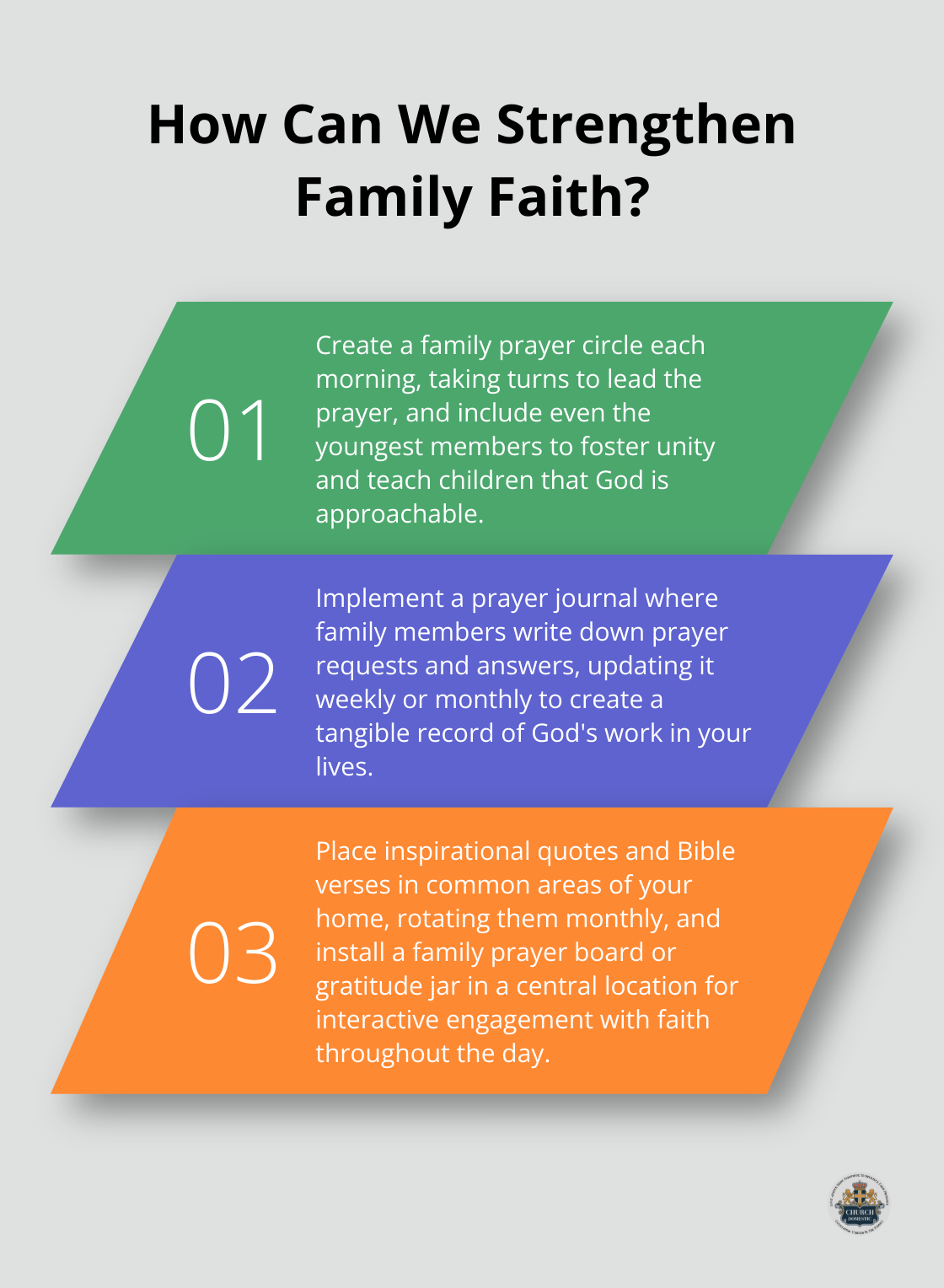
Consistency plays a vital role when you establish these practices. Start small and build upon your routine as it becomes more natural (flexibility is equally important). The most crucial aspect is that you intentionally make space for faith in your daily lives.
We at Church Domestic dedicate ourselves to providing resources that help families integrate faith into their everyday routines. We believe that starting each day with a focus on God sets a foundation for a life filled with purpose, love, and spiritual growth. Try these meaningful daily rituals together and watch your mornings fill with joy, peace, and God’s presence.
